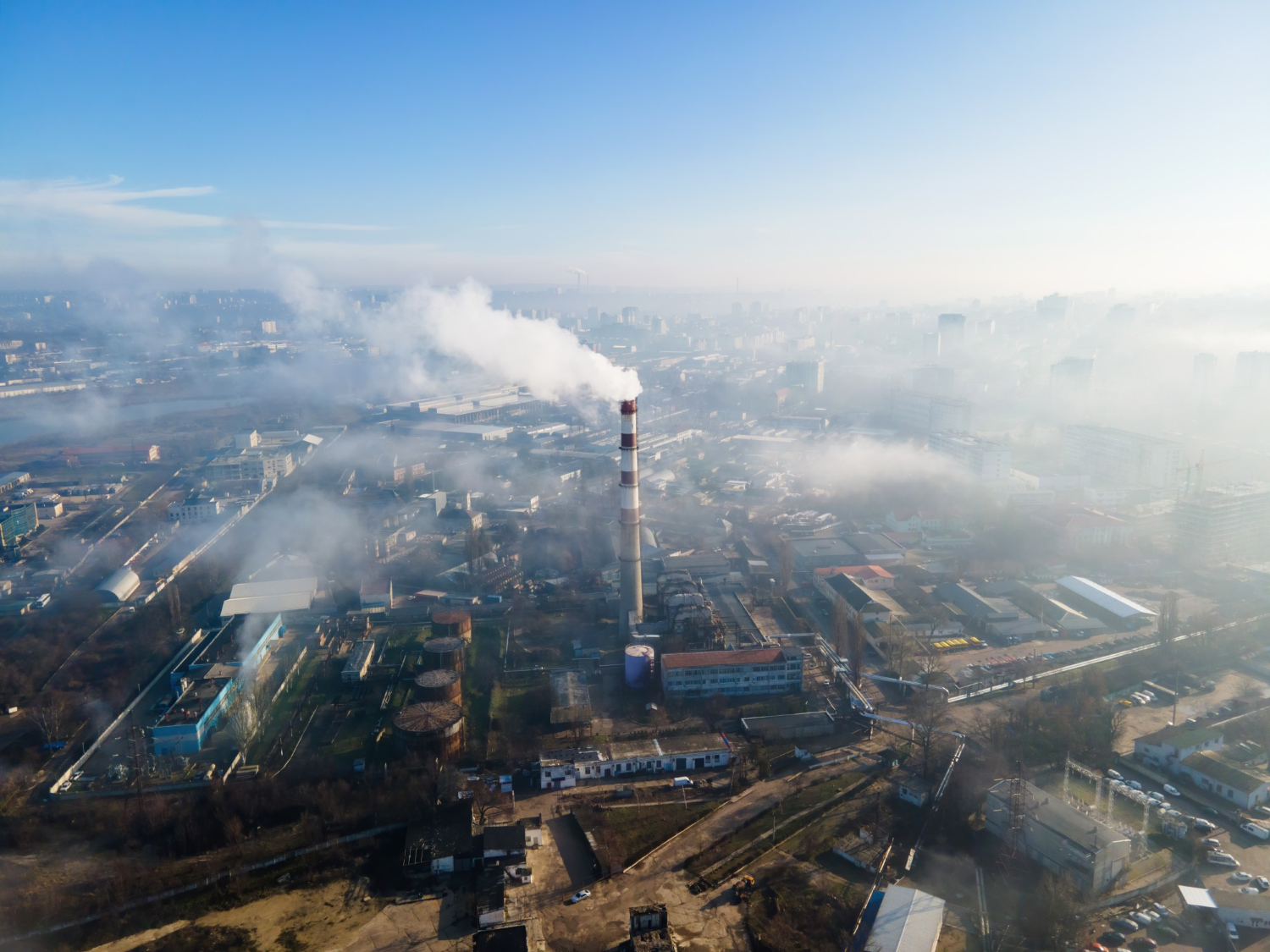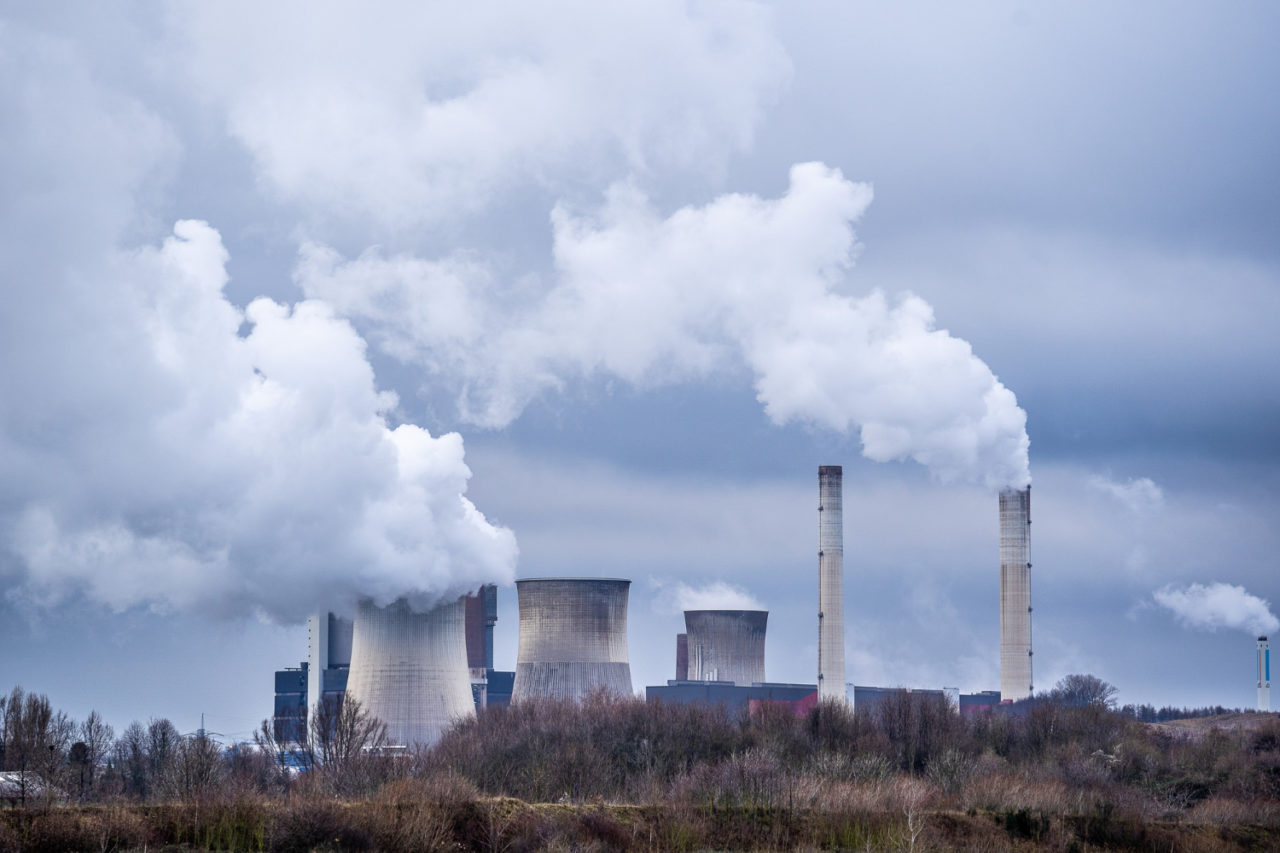
Carbon capture and storage is a process of capturing carbon dioxide emissions from power plants and industrial facilities, transporting it to a storage site, and injecting it into the ground where it will be permanently stored.
The majority of people are aware of greenhouse gases, but many are unaware of their exact nature or how they affect climate change. Greenhouse gases – carbon dioxide, methane, nitrous oxide, etc – trap heat from the sun, causing the Earth’s average temperature to rise. These gases allow sunlight to enter the atmosphere, but they prevent some of the heat from escaping back into space. The greenhouse effect is this process that enables life to exist on our planet.
For the the last years CO2 and other greenhouse are increasingly having destructive effects irreversible impacts on life on Earth.

What is Carbon Capture and Storage
Carbon capture and storage (CCS) is a technology that can capture waste carbon dioxide (CO2) from large point sources, such as power plants, and securely store it in a geological formation. CCS can continue to satisfy our energy demands while achieving a considerable reduction in greenhouse gas emissions from these sources.
Three major steps make up the CCS process: storage, transportation, and CO2 capture.
CCS in the Natural World
Burning fossil fuels produces carbon dioxide. In order to transform this carbon dioxide into the oxygen we breathe, trees and other plants need sunlight.
ITrees and other vegetation continuously “exhale” and “inhale” carbon dioxide inside the ecology of a natural forest. Trees, soils, and deep ocean sediments that store carbon dioxide act as “sinks” for atmospheric carbon dioxide. Global forests currently store more than two times the amount of carbon in the atmosphere.

The challenges for the future
The high cost of carbon capture and storage (CCS) is one of the main problems. Since carbon capture, storage, and transportation are currently rather expensive processes, CCS is still a relatively new technology.
Another challenging issue with carbon storage is finding appropriate storage locations. CCS is also an energy-intensive process. The efficiency and large-scale operations required for current carbon capture and storage technologies to become economically viable are currently beyond their capabilities.

Achieving zero emissions will require multiple specific steps in all interested parties over the next few decades. Many governments have now begun to recognize how critical CSS is to achieving zero emissions by 2050.
The regulations implemented to encourage the advancement and application of this technology will have a significant impact on the future of CCS.
CCS is a critical technology for mitigating climate change and reducing greenhouse gas emissions. However, additional research, development, and use of this technology are required as it is still in its infancy.

Our goal at Universal Kraft is to provide renewable energy solutions that could help civilization become less carbon-dependent. We offer multiple solutions on solar energy, green hydrogen, wind, energy storage and waste-to-energy technologies. Discover our full offer here.




